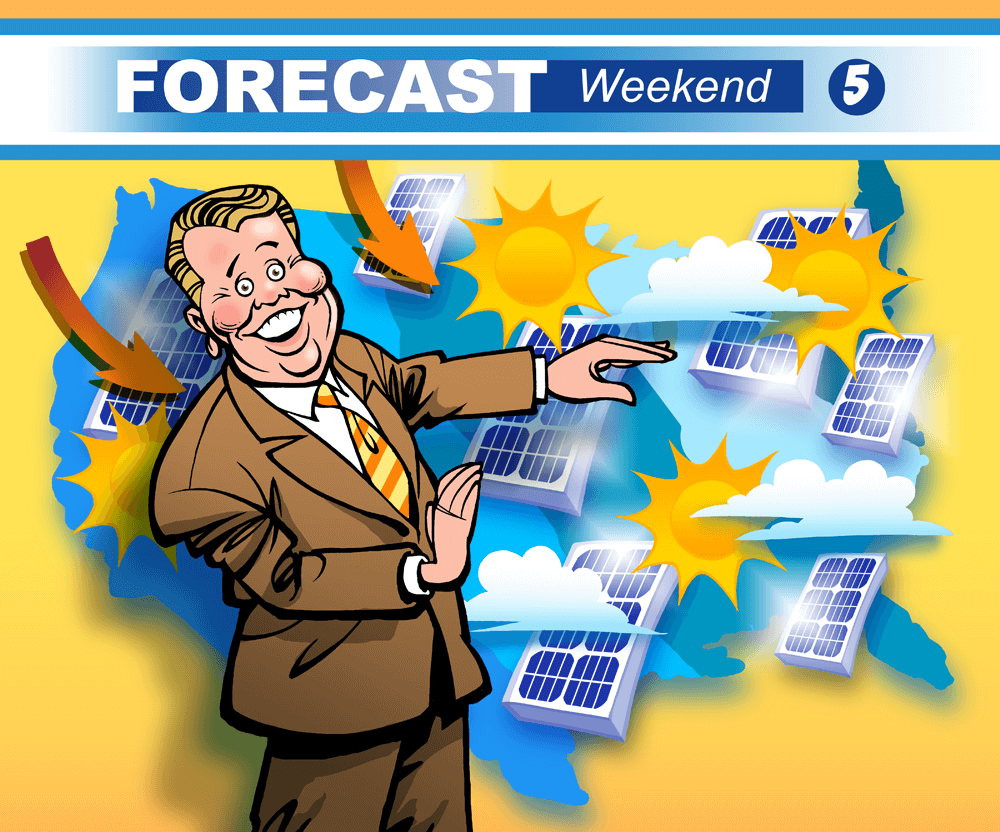How Can Forecasts Help Utilities Manage Solar’s Variability?

Study: Leading Forecast Providers Have Average Error of 5–6%
The overall accuracy of solar power forecasts is improving, though performance varies among products and can diminish during periods with high variability in solar output, according to an EPRI study.
Grid operators use these forecasts for dispatching other system resources more effectively. But forecasting is still an emerging technology. Complex modeling must account for numerous factors, including historical weather, irradiance reaching solar panels, energy production data, solar panel efficiency, and weather forecasts.
In collaboration with Southern Company, EPRI conducted a six-month evaluation of 10 commercial forecast providers at four solar power plants across the United States. For comparison in this project, researchers used publicly available irradiance forecasts and irradiance-to-power transformation models to calculate baseline output forecasts. To ensure effective participation by the forecasters, EPRI established an anonymous submission process. EPRI also developed better mechanisms for storing and exchanging data, along with a suite of metrics, including average error and error at specific times of the day. The aim was to assess forecast effectiveness with respect to grid operational functions such as 1-hour and day-ahead scheduling of power deliveries.
Key findings:
- Average error for the providers’ day-ahead forecasts ranged from 5% to 10% of the solar power plants’ installed capacity during daylight hours. Depending on the site, the best performers were 30–50% more accurate than the baseline output forecasts.
- No single provider was the most accurate in all scenarios, though a few emerged as the best overall performers based on a range of metrics.
- During periods of variable solar generation, the best performers’ forecasts were occasionally wide of the mark, highlighting the need to look beyond average error at more detailed metrics. When facing such large disparities between forecast and event, operators must respond by dispatching other resources or carrying operating reserves.
- During solar ramping as a result of passing clouds, overall performance went down, with the lowest average errors at 20% of the solar power plants’ installed capacity.
- Average errors for forecasts 7 to 10 days ahead were more than double those of day-ahead forecasts.
- Compared with a similar EPRI trial in 2014, overall performance improved, resulting in part from better technology.
EPRI is working with forecasters, national laboratories, and others to design better forecasting methods and to integrate them into grid operations. Demonstration projects in California and New York are evaluating the use of sky imagers, radiometers, ceilometers, and other advanced sensors to better understand meteorological phenomena and improve forecasts for both central and distributed solar power.
Artwork by Kirk Anderson

